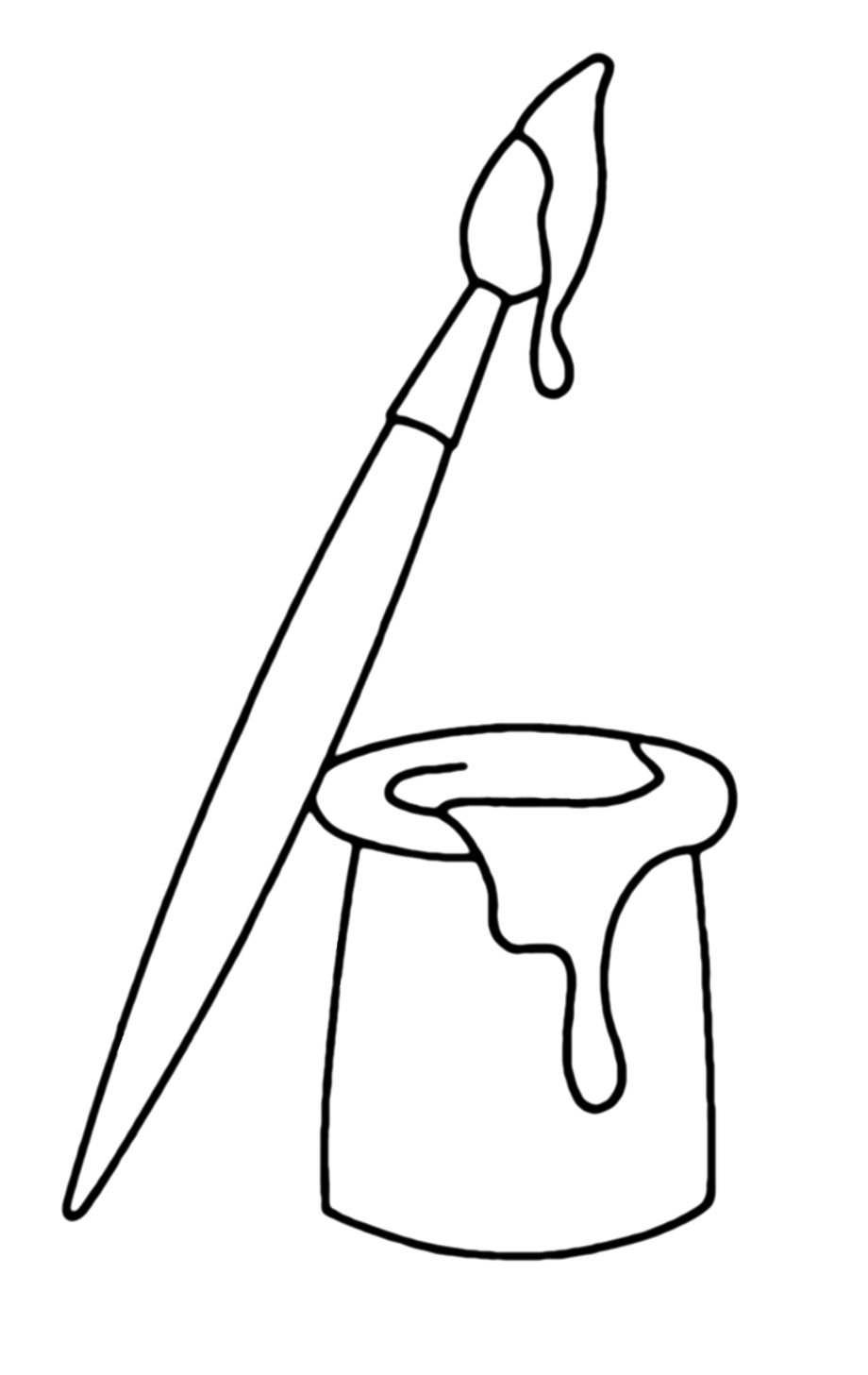

To make it easy for you, I have suggested products that you could check out. The market is teeming with art provisions with prices ranging from super cheap to skyrocketing. Whether a novice or a professional, you must stock up with the right supplies. What Watercolor Pencil Supplies Do I Need?
Pencils do not lend favorably to big-sized artwork – difficult to fill large expanse of paper with pencil strokes. Pencils dry faster than paint and aren’t suitable for complex layered watercolor techniques. Two-in-one experience: Watercolor pencils combine the best of two media – pencils and paint! With this medium you are drawing and painting simultaneously. Source: Here’s a mixed-media art – a beautiful painting using watercolors, watercolor pencils, and pan pastels. You can use sharp-tipped pencils to add those edges and finer details that cannot be done with a brush. Excellent for mixed-media art: Watercolor pencils are valuable assets in mix-media compositions. Versatile: Supports several techniques, such as you can draw on dry paper and then activate, draw with a pencil dipped in water, etc. Sponge Activating: Watercolor pencil activation using a wet sponge Lots of scope for experimentation and having fun. Exciting: Activation can be done using a brush, sponge, Q-tip, toothbrush, or a fine nozzle spray. You don’t need a palette, multiple brushes, or lots of water to rinse your brushes. Portable: Pencils are easy to carry, take little space, and are definitely less messy. The chances of your lines going wrong are plenty. The flexible, moist tipped brush can throw some unpleasant surprises. The firm tip of a dry pencil ensures your strokes come out as predicted. Easy-to-use: I find pencils more predictable, easy-to-use, and familiar. Pencils vs Paints: What are the benefits of watercolor pencils? Pros: However, with proper technique, right supplies, and loads of practice, you can work wonders with watercolor pencils too. Timeless art – “Wing of a Blue Roller” by Albrecht Dürer, circa 1500 or 1512 (Photo: Public Domain) This painting by Albrecht Dürer, stands proof. Traditional watercolor techniques are beautiful and have stood the test of time. With paint, you directly apply wet color with a brush. It remains dry until activated with water. Yet, the techniques differ! With a pencil, you apply dry color to paper. Are they similar?īoth media use water-soluble pigments. Let’s begin by comparing watercolor paint to pencils. Image by Author Why Use Watercolor Pencils? It won’t be a watercolor painting! Add water, and the colors swirl, merge, ebb and flow. You can always leave your watercolor pencil drawing as is – dry – but then it will be just a beautiful color pencil art. The binder dissolves in water allowing the pigment to diffuse and spread. Watercolor pencils use a water-soluble binder to hold the pigment together. The oil or wax binder makes the pigment sticky. Regular colored pencils have an oil-based binder. For me, it was like magic.Īt their core, crayons, colored pencils, and watercolor pencils are colored pigments held together with a binding material. 
Add a bit of water and watch the pigment gently spread. There’s a fundamental difference, though. Watercolor pencils look, feel, and draw like regular colored pencils. Want Further Learning? Wondering What Are The Best Watercolor Pencils Tutorials?.Blending: gradients with two or more colors.

Watercolor Pencil Techniques for Beginners.Add details: apply second layer of color.Activate the color: Apply water with a round brush.Know your pencils: Create a sample chart.What Watercolor Pencil Supplies Do I Need?.Pencils vs Paints: What are the benefits of watercolor pencils?.







 0 kommentar(er)
0 kommentar(er)
